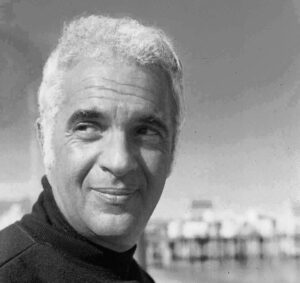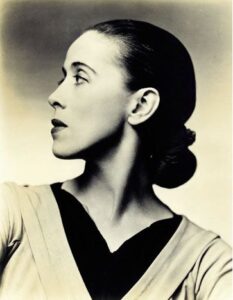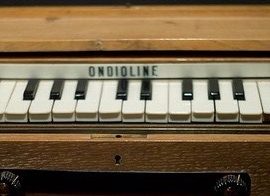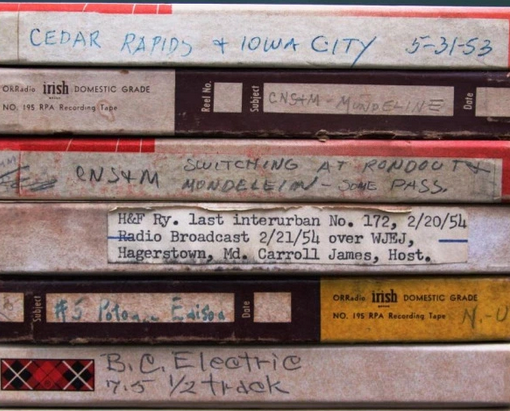Peter Glushanok Early Electronic Music Composer
Adventures in Audio Restoration
For many years, in addition to my audio engineering, production and acoustical consulting, I’ve enjoyed restoring analog audio for a vast array of unique people. Projects can be as simple as restoring a cassette of a long departed family member’s voice discovered in the bottom of a junk drawer to projects as complex as restoring an entire catalog of archival work from major artists such as the British Invasion rockers, the Kinks.
My favorite audio restoration adventures, however, come from bringing truly lost music back into the light of day. Some musical recordings have been long forgotten, and some have been shelved as their creators were forced to prioritize other more pressing aspects of their lives. Several of these unknown artists’ works have come my way recently. I believe it’s because the passage of time adds meaning, value and context to these undiscovered artistic efforts. This is especially true for the family members who discover them. One recent example is the story of Peter Glushanok.
Peter Glushanok Early Electronic Music Composer
Glushanok, The Post-War Renaissance Man

Peter was born in Riga, Latvia, in 1911 when this Baltic city was still part of Russia. He emigrated to the U.S. in 1920 as a boy. He later served in the U.S. Navy during WW II. Savvy with all things technical, Peter returned home and soon became a well-known camera man, cinematographer, director, and producer.
His numerous film and TV credits include a 1954 television series called Omnibus, a documentary about the dancer Martha Graham ( A Dancer’s World) and also a documentary about the famed Italian conductor, Arturo Toscanini. Peter soon produced the television version of Aaron Copeland’s enduring masterwork Appalachian Spring in 1958.

But Glushanok also took post-war risks with socially themed productions, including Freedom of the Press and Japanese Bride in America, along with Angry Boy, an award-winning documentary about psychiatric treatment. Additionally, he taught advanced film directing and lighting at City College and Columbia University. He was also a professor of film and electronic music at New York University School of the Arts. His students there included a young Martin Scorsese. Later, Peter went on to become a fine arts painter in the 1970s.
But it’s Peter Glushanok’s outstanding early electronic music that came to my Pie In The Sky studio for audio restoration. His nephew Jeremy recently came forward with a trove of Peter’s unique unreleased reel-to-reel recordings that he asked me to restore.
Peter Glushanok Early Electronic Music Composer
Early Electronic Music With The Ondioline
Here are a few of Peter’s nephew’s recollections about his uncle:
“When we went to visit my uncle Peter and his family in NYC during the early 60s, what I looked forward to most when I was around 10 was being allowed to go into his tiny studio where he made that music. It was filled with vacuum-tube Marantz, Ampex and other equipment on racks. There were manual patch bays that looked like they belonged in a 1930s telephone exchange.”
Peter Glushanok Early Electronic Music Composer

Nephew Jeremy continues, “His reverb unit was a pair of transducers with catenary springs hanging between them, all enclosed in a flat wooden box that hung on the wall. He used it to add reverb to the explosion sound heard in one of the pieces you transferred for me. He had recorded the original sound by hanging a mic out the window of their Riverside Drive apartment while Chinese New Year fireworks were shot off from barges going down the Hudson. My uncle was particularly proud of that one, as he had been able to do it with no audible distortion. He had shelves of acoustic sounds, including sirens, duck calls, melodicas, bells, slide whistles, you-name-it, like a Foley stage. And to top it off, there was his synthesizer that made much of the sounds in those pieces — it was on Ondioline!”
Peter Glushanok Early Electronic Music Composer
Thirty-four years before Wendy Carlos’ Moog-synthesized “Switched On Bach” became the top selling classical album of all time, French inventor Georges Jenny created the first Ondioline. So in the 1940’s Jenny’s compact but amazingly versatile portable keyboard became popular with keyboardists and orchestra leaders. Because of the cheaply produced, tube powered Ondioline, musicians could now expand their pallet of sounds. And far beyond conventional instrumentation of the time.
Listen To Peter Glushanok’s Electronic Compositions
Peter Glushanok must have been one of the early adopters of the Ondioline. You can listen to the Soundcloud channel that Peter’s family has created from the recently restored masters and hear for yourself. You’ll also hear Glushanok’s excellent use of Musique concrète elements in his compositions.
Abandoning the rules of harmony and rhythm to create emotional responses, and through the use of the Ondioline, random tape editing, sound effects and tape manipulation, Peter was on the forefront of how the modern ear listens today. He was truly ahead of his time!
Peter won first prize in the Dartmouth International Electronic Music Contest for his score ”In Memoriam for My Friend Henry Sala.”
Peter passed away in 1993 at age 82 in Manhattan.
One of his recently restored compositions, “More Chamber Pieces” is included below. Others can be heard and shared at Peter Glushanok’s Soundcloud channel.





